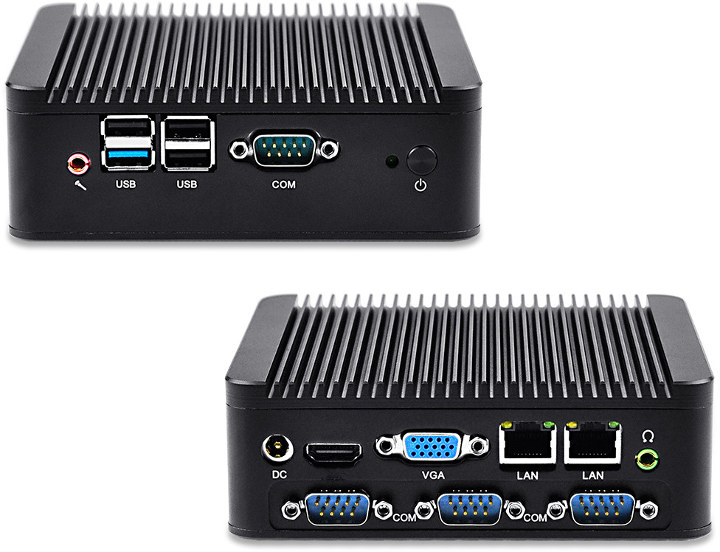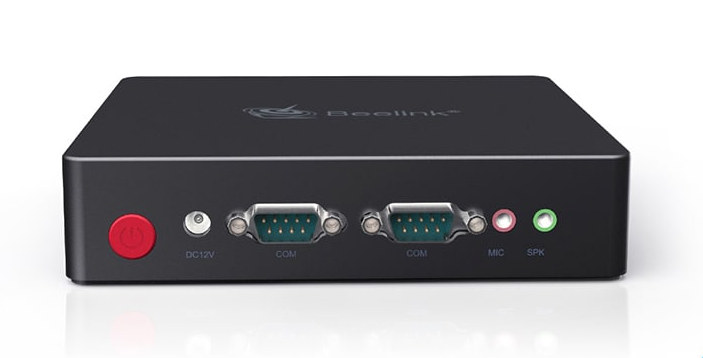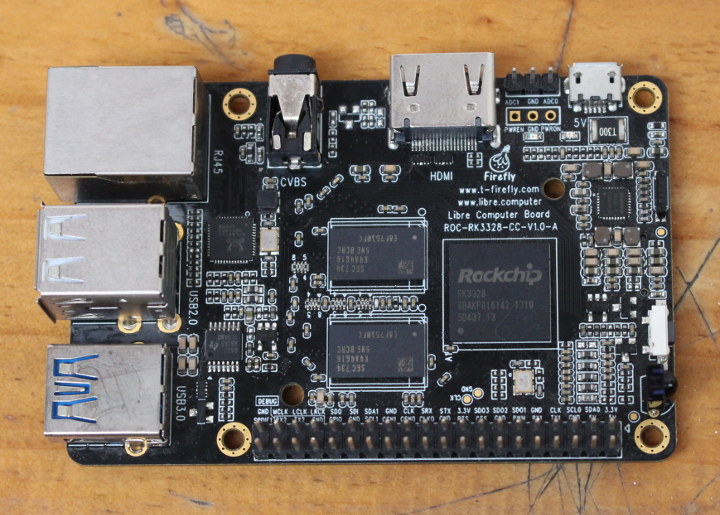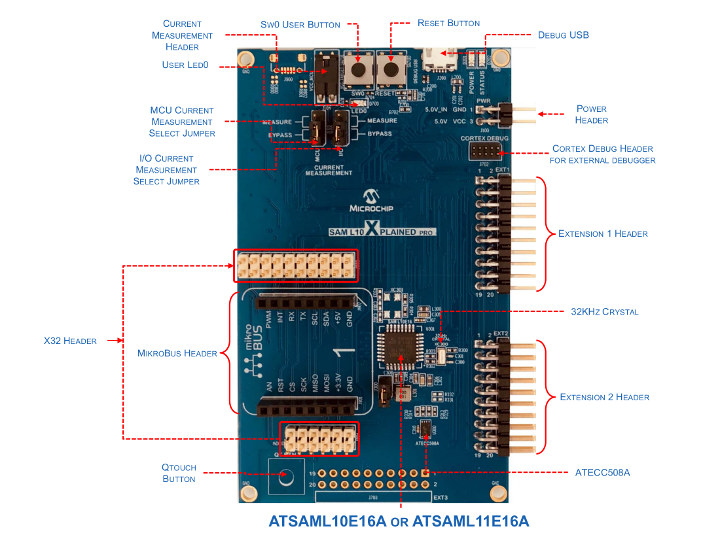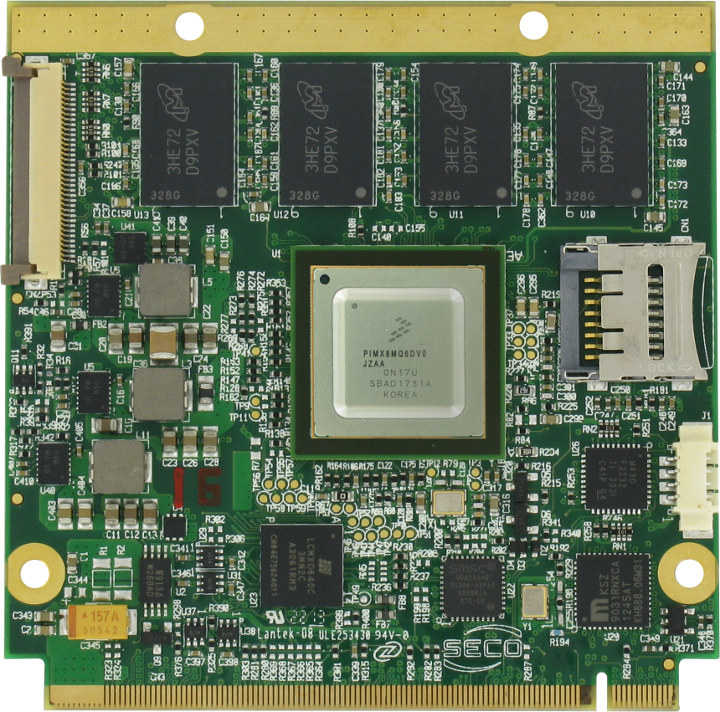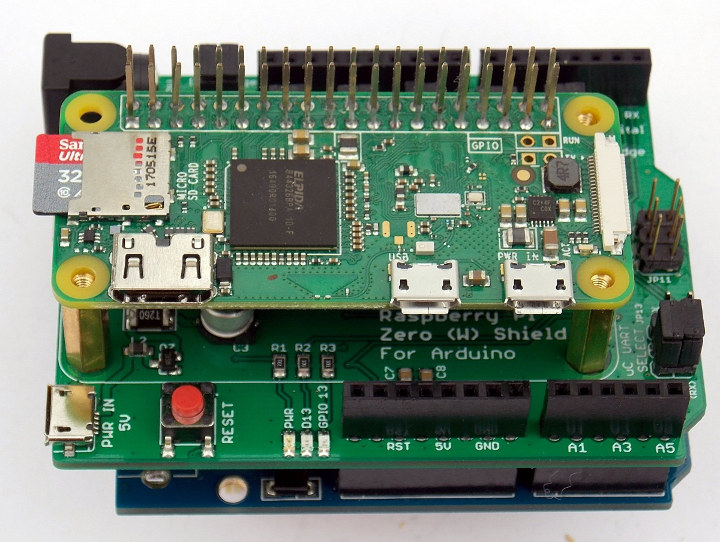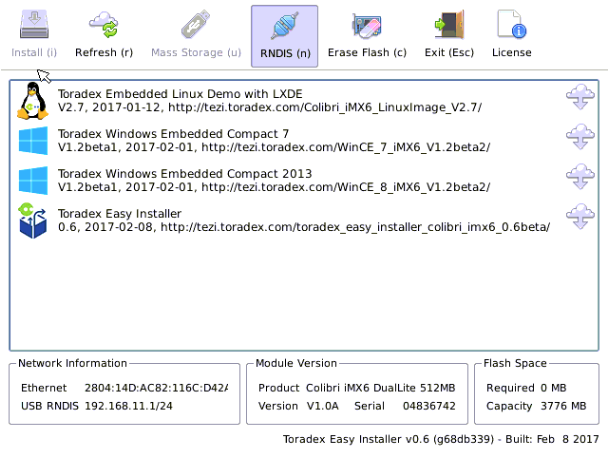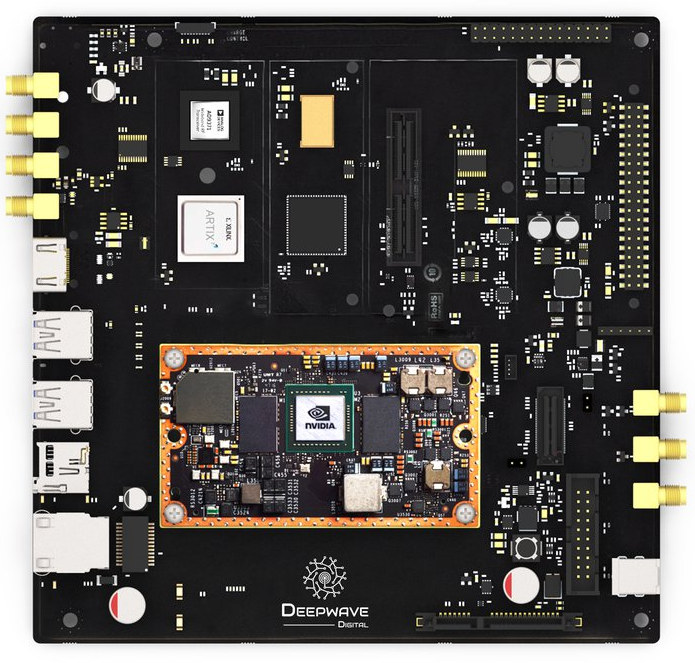Earlier today, I covered Beelink KT03 “Client Computer”, an Apollo Lake barebone mini PC with two COM ports . But as you must already know, people on the Internet are hard to please, so some readers may have thought “meh, no Thunderbolt”, “lol, Apollo Lake… so old”, “where’s the NVMe socket?”. I won’t be addressing those concerns in this post, and instead I will focus on the “meh, only two COM ports, I need four!” crowd. So I went a little web search, and found another low power compact mini PCs with not two, but four COM ports. Qotom Q180P/Q190P are Cherry Trail mini PCs based on Intel Celeron J1800 / J1900 dual/quad core processor respectively. Qotom Q180P/Q190P specifications: SoC (one of the other) Intel Celeron J1800 dual core processor @ 2.41 GHz (base) / (turbo) 2.58 GHz with Intel HD graphics; 10W TDP Intel Celeron J1900 Quad core processor […]
Beelink KT03 Client Computer is a $150 Barebone Mini PC with Two COM Ports
Beelink launched several Apollo Lake mini PCs in the last few years, and despite moving to Intel Gemini Lake family for some of their more recent models such as Beelink S2 or Beelink X45, the company has just launched a new Apollo Lake model. The new Beelink KT03 “client computer” is powered by an Intel Celeron J3455 processor, but differs from other mini PCs from the company, as it is sold barebone without RAM nor storage (nor OS), comes with two DB9 RS-232 connectors, and dual Gigabit Ethernet ports. Beelink KT03 specifications: SoC – Intel Celeron J3455 quad core Apollo Lake processor @ 1.5 GHz / 2.3 GHz (Turbo) with 12 EU Intel HD graphics 500 @ 250/750 MHz; 6W TDP System Memory – 1x SODIMM DDR3L socket, no EEC, 1333/1600/1867 MHz; supports up to 8GB RAM Storage – 64Mbit SPI flash for UEFI/BIOS; support for internal 2.5″ SATA drives, […]
Firefly Team Mailbag – Rockchip Development Boards and Accessories
T-Chip Intelligent Technology Co. is a hardware and software technology services company, and a few years ago they setup the “Firefly Team” to provide development boards running Android and/or Linux distributions to the maker community. If I remember correctly the company started with Firefly-RK3288 development board powered, as its name implies, by Rockchip RK3288 processor. Since then they’ve launched several other Rockchip development boards and modules, which I’ve covered on this blog. The company decided to send me some of their recent boards and accessories, so let’s have a look at what I received in my “mailbag”. I’ve also taken a few photos for those who did not watch the video or prefer close up photos. ROC-RK3328-CC “Renegade” Development Board The first board is ROC-RK3328-CC “Renegade” board which was first launched via a crowdfunding campaign by Libre Computer. Both companies have been collaborating on some boards, and Libre Computer makes […]
Microchip Unveils SAM L10 & SAM L11 Arm Cortex-M23 MCU Families with Arm TrustZone for Armv8-M
Microchip has recently announced new SAM L10 and SAM L11 Arm Cortex-M23 MCU families, with the SAM L11 family featuring Arm TrustZone for Armv8-M that provides hardware isolation between certified libraries, IP and application code. SAM L10 & SAM L11 MCU Families Key features: Arm Cortex M23 Core @ 32 MHz Up to 64 KB Flash and 16 KB SRAM picoPower Technology less than 25 μA/MHz in active mode less than 100 nA in sleep mode Fast wakeup time: 1.5 μS Flexible power saving features Enhanced Peripheral Touch Controller (PTC) with improved water tolerance, noise immunity and responsiveness Security (for SAM L11 only) Chip-level tamper resistance Arm TrustZone technology Secure boot Secure bootloader Crypto accelerators Secure key storage Op amp ADC and DAC Package – VQFN32, TQFP32, WLCSP32, VQFN24, SSOP24 Microchip SAM L10 MCU achieved a ULPMark score of 405, or over 200 percent better performance compared to the nearest […]
SECO Q7-C25 / Q7-C26 QSeven SoMs Feature NXP i.MX 8M / i.MX 8Quad Processor
We’ve previously covered SECO’s SM-C12 SMARC 2.0 i.MX 8M system-on-module, but the company has just unveiled two new module families which are compliant with Qseven – another SoM standard – and powered by NXP i.MX 8M dual/quad core Cortex A53 processor and NXP i.MX 8Quad Cortex A53 or A72/A53 SoC with respectively Q7-C25 and Q7-C26 systems-on-module. SECO Qseven i.MX 8/8M System-on-Module Q7-C25 / Q7-C26 specifications: SoC Q7-C25 (one or the other) NXP i.MX 8M Quad 4x Cortex-A53 cores up to 1.5GHz, 1x Cortex-M4 F real-time core, Vivante GC7000Lite GPU, VPU NXP i.MX 8M Dual 2x Cortex-A53 cores up to 1.5GHz, 1x Cortex-M4 F real-time core, Vivante GC7000Lite GPU, VPU NXP i.MX 8M QuadLite 4x Cortex-A53 cores up to 1.5GHz, , 1x Cortex-M4 F real-time core, Vivante GC7000Lite GPU no VPU Q7-C26 (one or the other) NXP i.MX 8QuadMax 2x Cortex-A72 cores + 4x Cortex-A53 cores + 2x Cortex-M4F cores, 2x Vivante […]
Raspberry Pi Zero (W) Shield for Arduino is an Arduino UNO Baseboard for RPI Zero Board
There are already various Arduino compatible shields for Raspberry Pi where the add-on board connect to a Raspberry Pi 3 board to provide Arduino headers, but Raspberry Pi Zero (W) Shield for Arduino is a little different as it acts as a baseboard with Arduino header for Raspberry Pi Zero (W) RPI Zero (W) shield specifications: Reset switch for the micro-controller LED – Shield power LED, LED connected to Arduino pin 13, LED connected to Raspberry Pi GPIO pin 13 Expansion Female headers allowing for full-access to all Arduino pins. ICSP header access for AVR Micro-controllers Misc 3mm mounting holes for securely mounting Raspberry Pi Zero (W) to shield (mounting hardware included) Solder-jumpers to disconnect Micro-controller SDA/SCL pins from pull-up resistors Solder-jumper to disconnect Raspberry Pi GPIO13 from LED Power Supply – 6.5 to 12V power supply (6.5 to 9V recommended) via 2.1mm power barrel jack, or 5V via micro […]
Visual Studio 2017 with an Embedded Linux Arm Device
This is a non-sponsored guest post written by Marc Goodner: Principal Program Manager, Microsoft, and Jeremias Cordoba: Innovation Engineer, Toradex. Today many embedded devices run some flavor of Linux as their primary operating system. This poses a challenge to developers who run Windows on their development machine. This article explains a new way to use the latest Visual Studio for C++ development on an embedded Arm Devices from a Windows Host PC using containers for the build environment. The device we are deploying to is from the Toradex Colibri Family of System on Modules using the NXP i.MX 6ULL SoC, which features an Arm Cortex A-7. As a demo project, we will connect a Bluetooth Sensor with the Toradex Colibri Module. Please note that Visual Studio support for this case is in an early state, you will see improvements from Microsoft and Toradex in the coming months. Prerequisites Colibri i.MX 6ULL […]
Air-T Artificial Intelligence Radio Transceiver SDR Platform Combines NVIDIA Jetson TX2 and Xilinx Artix-7 FPGA (Crowdfunding)
If often write about low end and cheaper hardware on this blog, but not in this post. Deepwave Digital Air-T (Artificial Intelligence Radio – Transceiver) is a high-end software defined radio platform with continuous frequency coverage from 300 MHz to 6 GHz. The board combines AD9371 RFIC transceiver providing up to 2 x 2 MIMO of 100 MHz of receiving bandwidth, a Xilinx Artix-7 FPGA, and NVIDIA Jetson TX2 module. Air-T hardware specifications & key features: Software-defined Radio Analog Devices 9371 2×2 MIMO transceiver 2 x RX channels (100 MHz each) 2 x TX channels (100 MHz each) Auxiliary RX channels: Observation & Sniffer. Note: Can use either Observation or Sniffer at one time; utilizes one of the RX channels NVIDIA Jetson TX2 for processing 256 NVIDIA CUDA core GPU 6 CPU cores – 2x NVIDIA Denver2, 4x Arm Cortex-A57 8GB RAM 32GB eMMC flash Xilinx Artix-7 FPGA with75k logic […]


